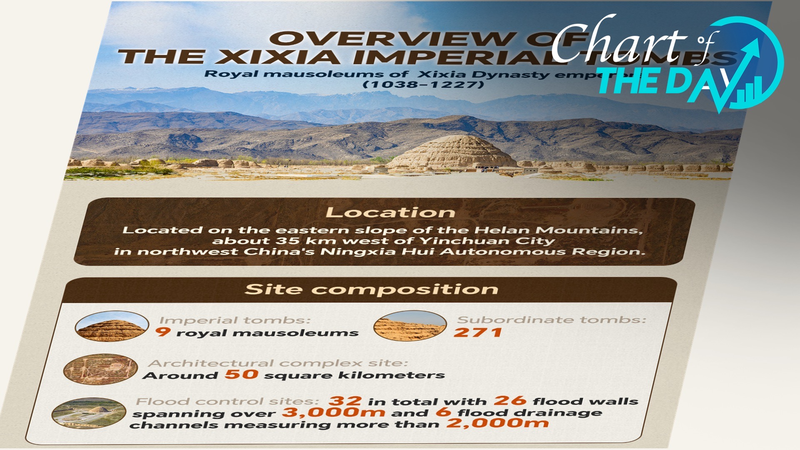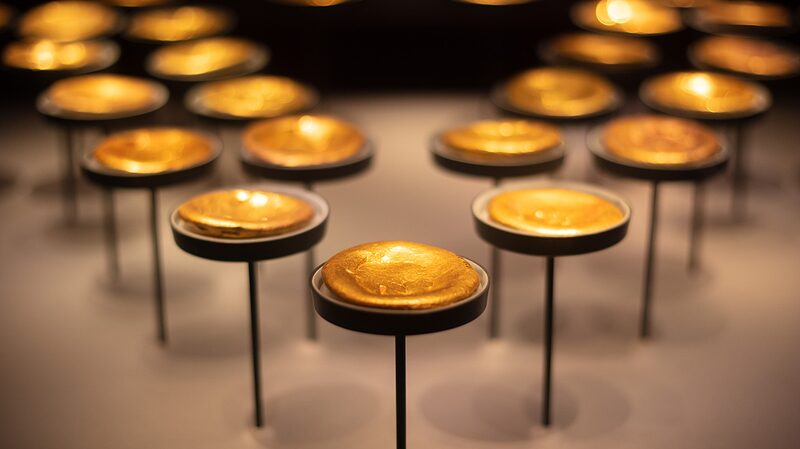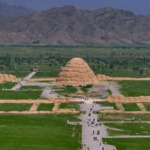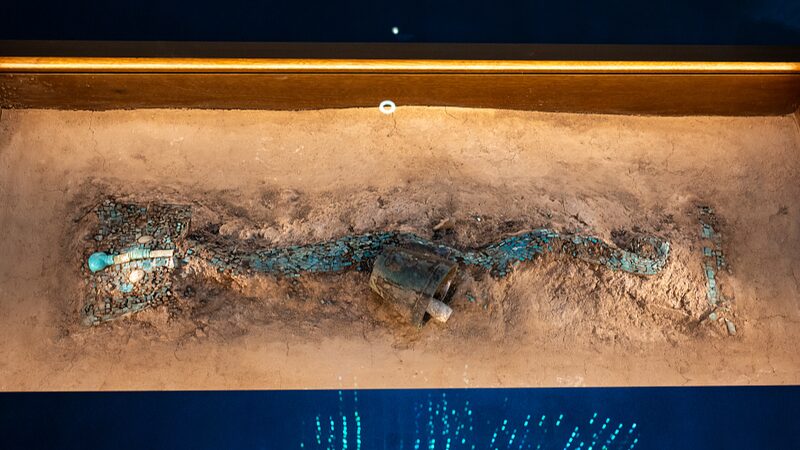Buried beneath modern Kucha in northwest China's Xinjiang Uygur Autonomous Region lies a portal to the past – a 1,600-year-old tomb complex now breathing new life through cutting-edge technology. Discovered during 2007 infrastructure works, these remarkably preserved Wei and Jin dynasty tombs offer unprecedented insights into the burial customs of the ancient Qiuci State, a vital Silk Road crossroads.
The site's intricate funerary objects and architectural details testify to Qiuci's historical role as a cultural melting pot, where Buddhist art merged with Central Asian influences. 'These tombs are time capsules preserving the material culture of a civilization that connected China with the wider world,' explains Ma Lili, Director of the Qiuci Wei and Jin Ancient Tomb Site Museum.
Facing the challenge of making ancient history resonate with modern audiences, Ma's team has employed 3D scanning and augmented reality to reconstruct original tomb layouts. Visitors can now virtually handle delicate artifacts through interactive displays, while digital projections recreate the vibrant murals that once adorned these resting places of Qiuci's elite.
This technological revival comes as Xinjiang sees growing international interest in its archaeological treasures. The project not only safeguards physical relics but also preserves the musical traditions and artistic techniques that made Qiuci culture unique – a digital bridge between fourth-century craftsmanship and twenty-first-century curiosity.
Reference(s):
cgtn.com








